Greta's Home Apartement
Experience a delightful vacation in the enchanting Hallstatt Seevilla, a historic apartment once close to the heart of the famous actress Greta Putz-Humer who was the owner at that time. This iconic residence Greta’s Home Apartement, featured in every Hallstatt postcard, offers a truly magical stay.
Immerse yourself in the beauty of Hallstatt as you relax on the balcony, boasting a breathtaking 180° view of Lake Hallstatt, the surrounding majestic mountains and of course the charming historical town itself.
Conveniently located just a minute away from the town center, this apartment provides easy access to all the wonders Hallstatt has to offer for visitors.
Originally a humble fisherman’s cottage, our lake villa was transformed into its current form by a man going by the name of Josef Höplinger in 1870. He of course was famous for being a master fisherman and respected former mayor of Hallstatt. Mr. Höplinger was the beloved great-grandfather of Greta Putz-Humer.
Greta Putz-Humer, a graduate of the world famous Max Reinhardt Seminar in Vienna, graced numerous stages throughout her fascinating career, including the prestigious Viennese Theater in der Josefstadt. She also appeared in quite a few films.
Traditionally Greta would spend most of her summers here with her husband Dr. Gert Humer, a renowned dentist and equestrian from Linz. Even after her husband’s passing, Greta continued to visit Hallstatt every summer and Christmas, accompanied by her beloved dog Mimo. The two of them stayed in the cherished apartment in the Seevilla often for months on end.
So it´s your time now! Why not indulge in the tranquility of Hallstatt, surrounded by the serene lake and enjoy the historical charm of this very special apartment which literally breathes history? Live like the esteemed actress Greta Putz-Humer for a few days and experience the allure of this unique residence.
Reside in the picturesque setting of Hallstatt!
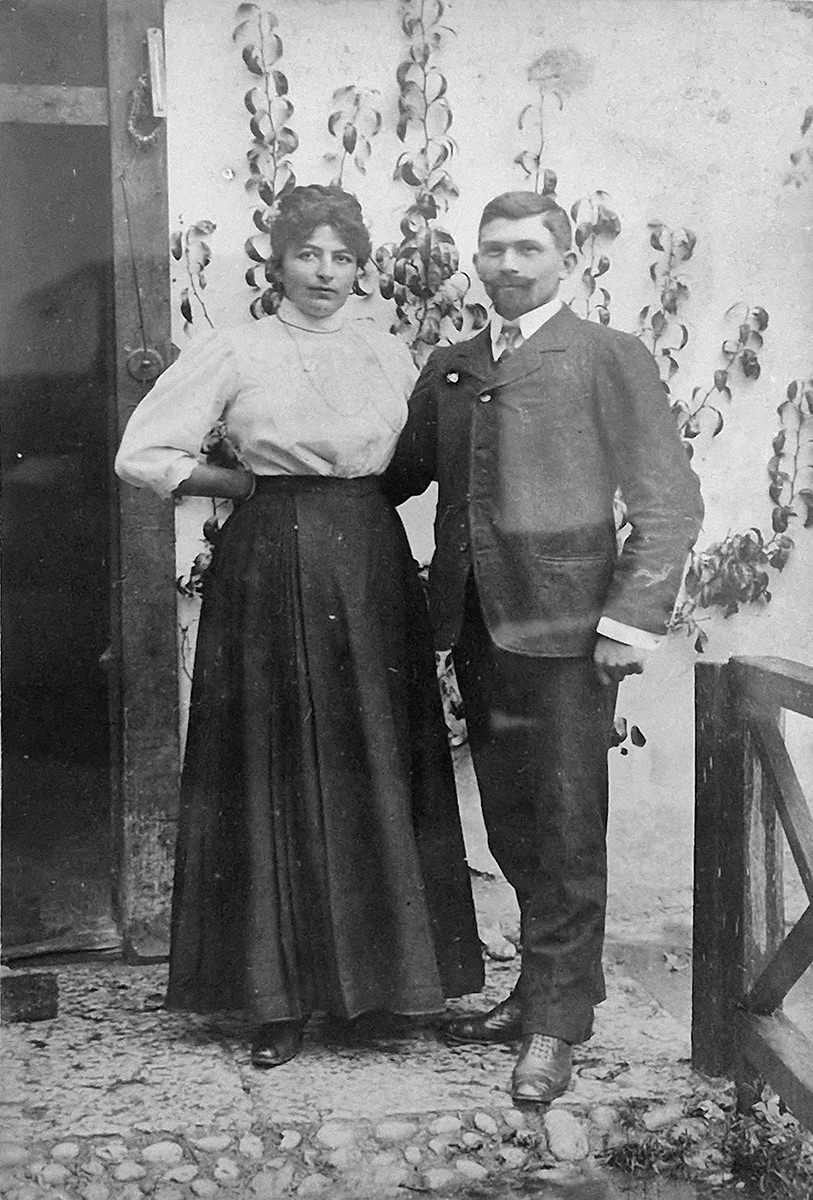
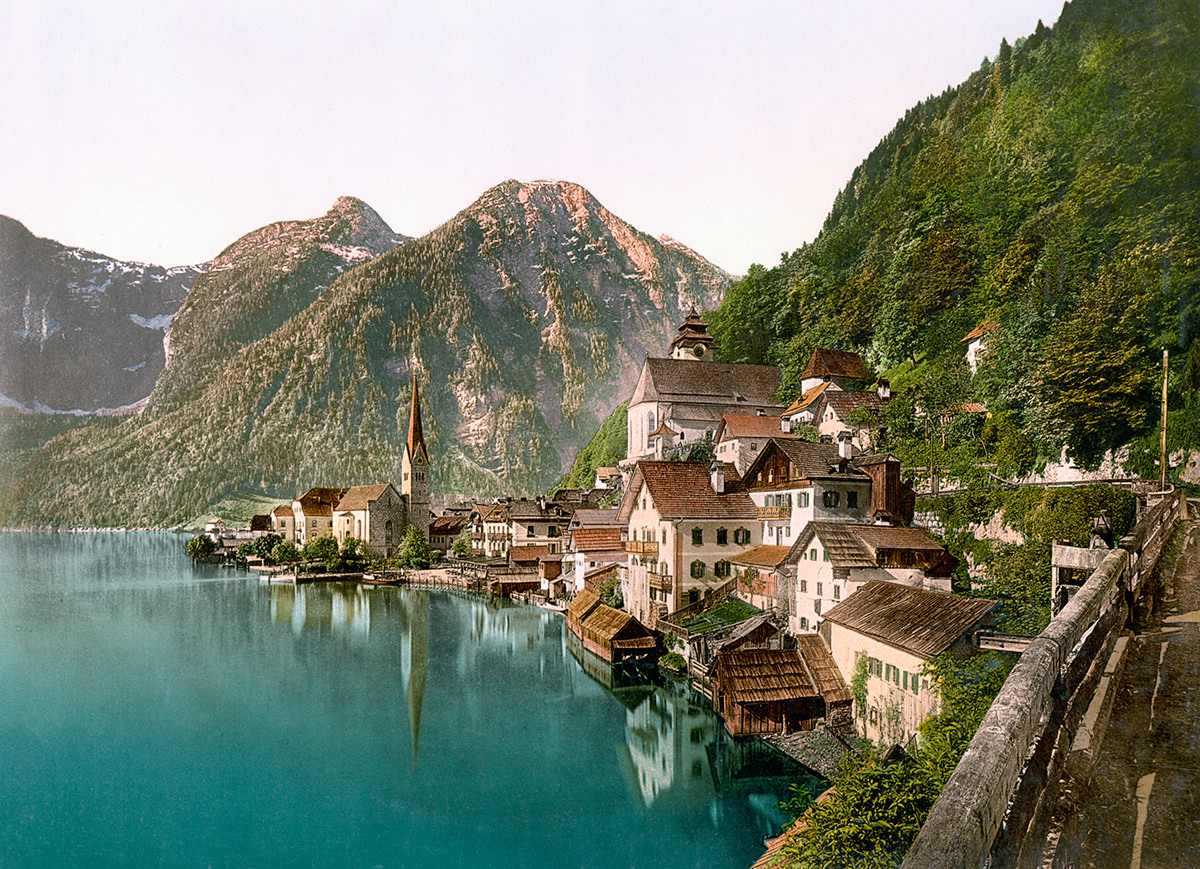
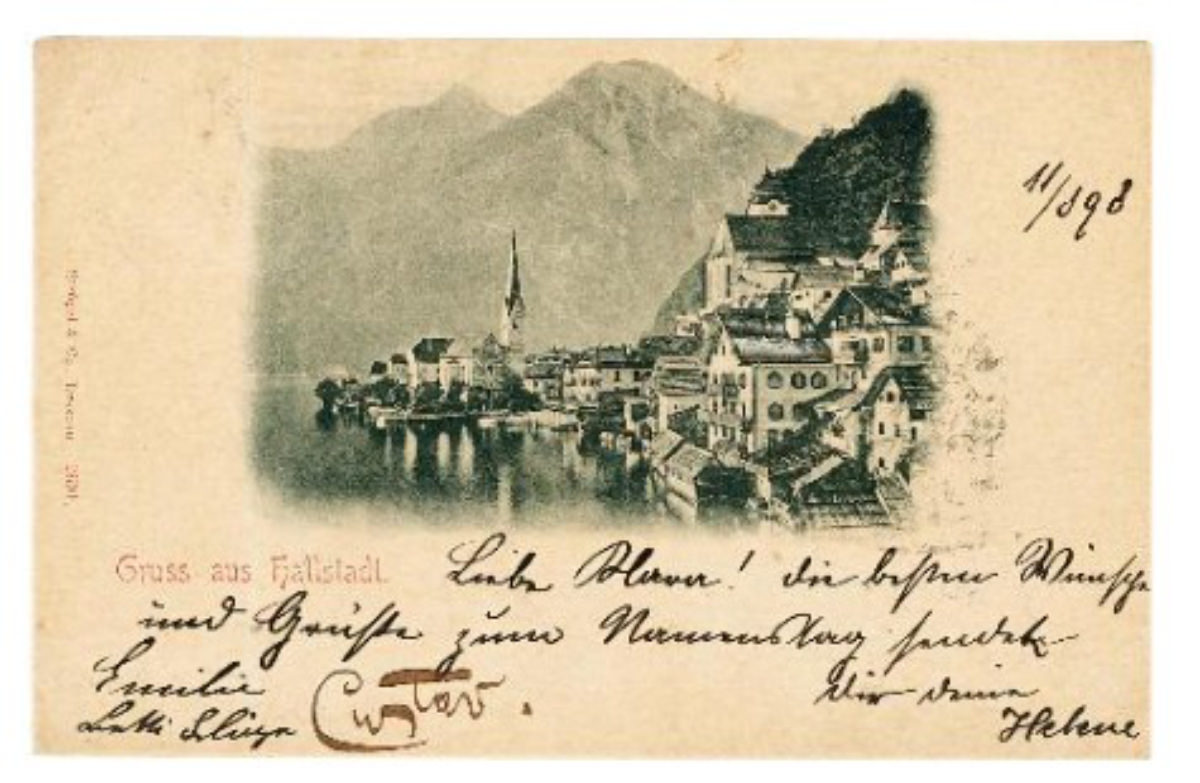
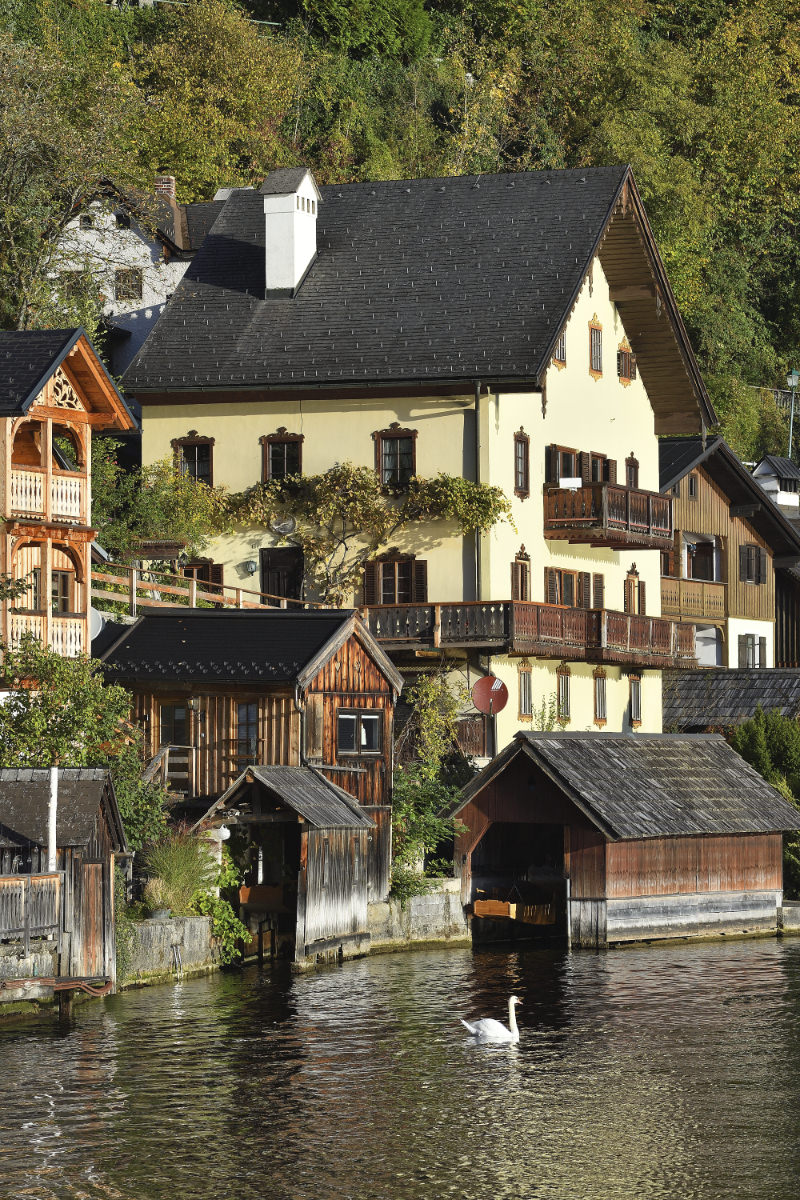
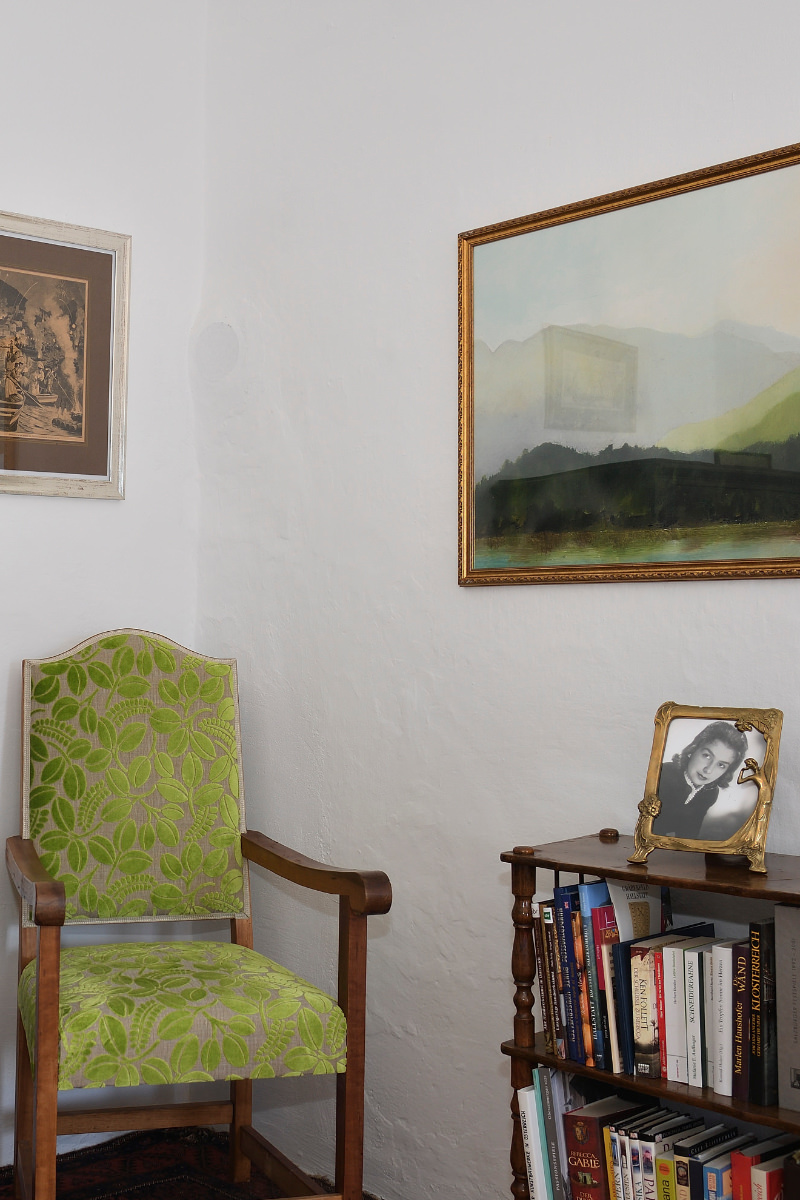

The Apartement
The apartment, spanning approximately 70 m², features a balcony offering panoramic views of the lake and the mountains. It even comes with a small garden and direct access to the lake´s bathing facilities. We also offer a private entrance, and complimentary Wi-Fi. The enchanting interior is made up oft the following spaces:
– 1 Bedroom: equipped with a French double bed
– 1 Bedroom: equipped with a French double bed
– 1 Living Room including a sofa (suitable for 1 child), a dining table, and access to the fantastic balcony with its sweeping views of the serene lake, mountains, and Hallstatt
– 1 Small Kitchen: equipped with a coffee machine, a modern microwave oven, refrigerator, kettle, and dishes
– 1 Small Bathroom featuring a shower and toilet and is located adjacent to Bedroom 1 which makes it an ideal place to stay for a whole familiy or a group of friends.
We especially suggest our home away from home nestled right in ther middle of the quaint little village to a family with kids, but the place is also perfectly suited for four visitors.
Please note that we require our distinguished guest to stay a minimal rental period of two days.
The cost sums up to : € 300.- per day and 2 guests, every additional person is charged € 100.-
Impressions from Hallstatt
Up until the end of the 19th century, Hallstatt could only be reached by boat or on narrow mule tracks. In the village there are houses crowded against or above houses between the mountain and the water.
Connections between the tower-like houses standing by the lake were only possible by boat or via the upper path, a narrow corridor through attics.
It was not until 1890 that a road was built to Hallstatt along the west bank, which in parts had to be blasted into the rock. The inhospitable mountain area, which is hostile to settlement, was visited as early as the Neolithic. The reason therefore was the rich natural salt deposits that have been mined for thousands of years. The oldest finds (e.g. an ancient Neolithic shoe last wedge) date from around 5,000 BC.
However, such stone implements were also widely negotiated as thunderbolts in the Middle Ages and modern times. In 1846 Johann Georg Ramsauer discovered a burial ground high up on the Salzberg. One of the first iron smiths was also excavated here.
Lively trade and the associated prosperity enabled the development of a high culture, which was named Hallstatt culture after the findings in the Salzberghochtal. From about 800 to 400 BC the Hallstatt culture, which made the name of the place known all over the world, endured. There is no documentary evidence from Roman times or the early Middle Ages. In 1311 Hallstatt was granted market rights, a sign that the place had not lost its economic importance in the turmoil of the Middle Ages. A brine pipeline has been bringing brine to Ebensee am Traunsee since 1607.
In addition to salt extraction, tourism has played an increasingly important role in Hallstatt since the beginning of the 20th century, due to its picturesque location, its charm and its history.
The late Gothic parish church Maria am Berg https://www.kath.hallstatt.net/sehenswertes/pfarrkirche-maria-am-berg/ completed in 1505, sits enthroned on a rock above the roofs of the village. The mighty tower is the only surviving part of a previous church from 1320. The two-aisled hall church houses the late Gothic St. Mary’s altar as the most important cultural and historical sight. The double winged altar was created around 1515 by the Gmundner sculptor Leonhard Astl. On the north side of the church, at the cemetery, lies the Michael’s chapel with the ossuary, a charnel house from the 16th century. Since then, because the cemetery was too small, after about 20 to 30 years the bones were exhumed, bleached and then painted. Depending on the age and gender of the deceased, ivy tendrils, oak leaf wreaths, and often lovely flowers, such as violets for a young girl, decorate the skulls with names and dates. The ossuary is unique in the world as the bones of entire generations are kept there. A total of 1500 skulls are stacked on the bones of the deceased.
Hallstatt Museum: The museum has a very extensive, valuable collection of finds from the Hallstatt period with the great treasure from the burial ground and provides a historical overview of the diversity of the small mining town.
www.museum-hallstatt.at
A footpath and the salt mountain railway lead up to the Hallstatt burial ground and the salt mine, the oldest in the world.
Duke Albrecht I. of Austria had the Rudolfsturm built, here on the Salzberg, from 1282 to 1284. It was named after his father, Rudolf I. and served as a defensive structure during the salt war against Archbishop Konrad IV of Salzburg. From 1313 until the middle of the 20th century it was the home of the respective surveyor of the mines. Today the tower houses a popular restaurant because of its wonderful view.
A themed trail opens up the Echerntal in a leisurely hike, in the footsteps of painters, writers, artists and nature seekers of the 19th and early 20th centuries, such as Ferdinand Georg Waldmüller, Adalbert Stifter, Friedrich Gauermann and Friedrich Simony.
In winter:
Varied ski areas such as Dachstein / Krippenstein and Dachstein West (Gosau), the 11 km long ski run and the freeride arena on the Krippenstein offer unsurpassed skiing experiences. Snowshoeing, ski tours and moon sleigh rides are offered. There are numerous cross-country ski trails, an ice skating rink, and the winter national sport of the locals is called “ice stock sport”.
Contact
Greta's Home
Bräugasthof Hallstatt Lobisser GmbH
Seestraße 120, A-4830 Hallstatt
